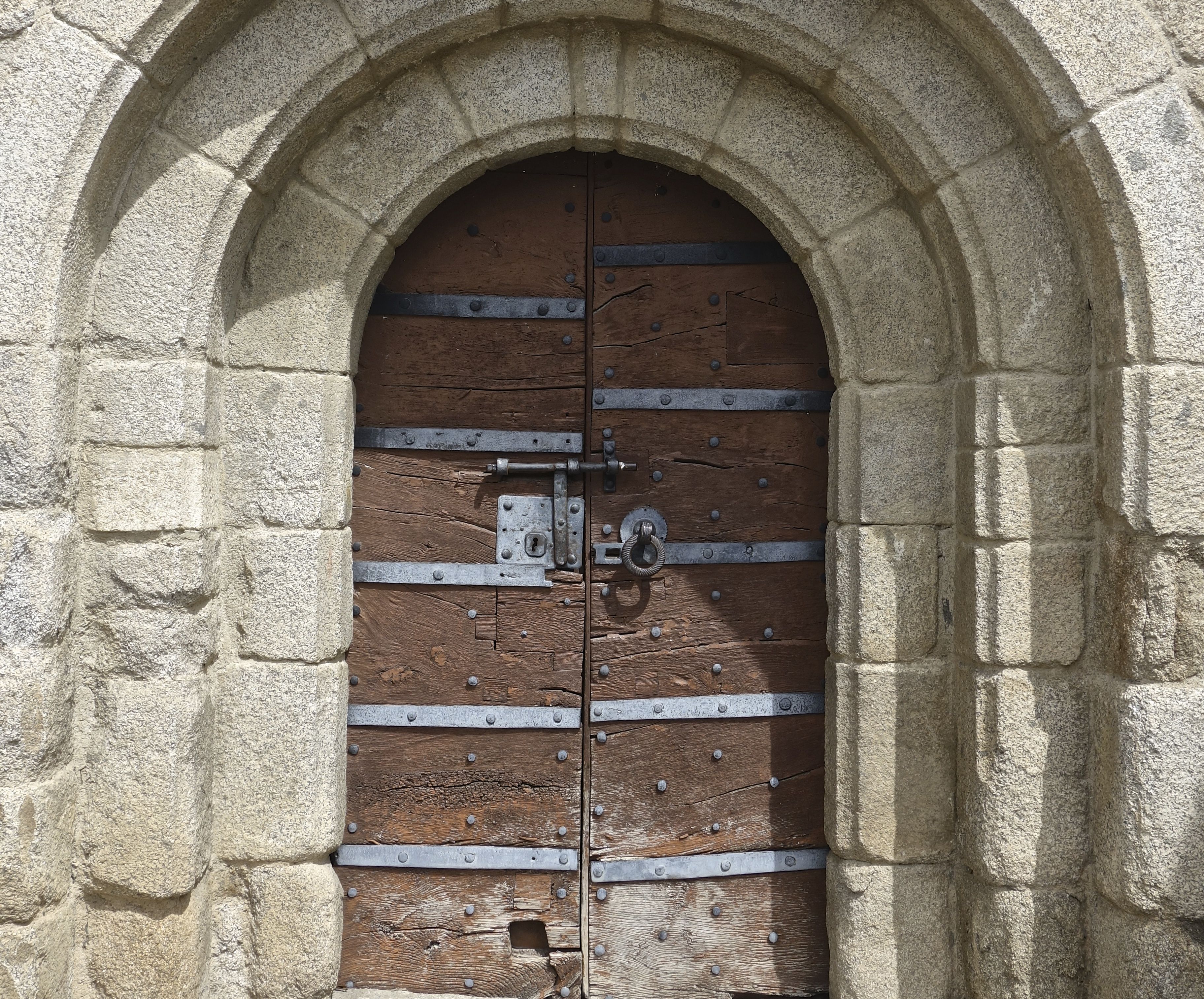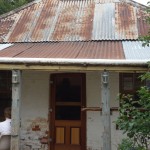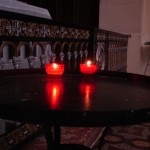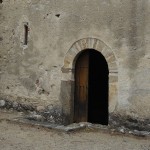Estavar is a tiny, isolated but very pretty village in the south of France, close to Spain, situated at 1225m above sea level, and known as the community that receives the most sun each year in the Cerdagne region. I went there recently to see l’Eglise Saint-Julien, a small Romanesque church. It was closed when I visited, and seems to be open only for guided visits. Inside there are remnants of 12th-century frescoes, which I didn’t get to see, but the outside is charming and worth a visit. It was encouraging to see some work being done to restore it.


See the sculpted heads around the top of the chevet? Each one is an individual. Zoom in!

Estavar is on the border of Llivia, a Spanish enclave which has existed within France like an island since the Treaty of the Pyrenees in 1659, in which the mountain range of the Pyrenees became the border. Some Spanish villages north of the mountains became French, but the Spanish influence is everywhere evident in the Catalan culture north and south of the border. Since the treaty demanded that only villages would be ceded to France, Llivia remained Spanish, since it had once been the capital of Cerdanya (Cerdagne in French) and was considered a city.
Thanks to Dennis Aubrey and his blog Via Lucis, I’ve seen many parts of France that I would have, in the past, ignored. My friend who drives me around when I’m here, and who has lived in the Pyrénees for decades, has also discovered some sites she didn’t know existed, and is thankful to me for introducing her to them! She should really be thanking Dennis…
*****




